Songwriters utilize a well-placed moment of silence for many reasons. Whether it’s to build momentum or throw the listener off their track, silence can speak volumes. The three songs below have brief, but iconic moments of silence. Ironically, these songs wouldn’t be the same if it weren’t for the moments when the music stops playing.
Videos by American Songwriter
“In the Air Tonight” – Phil Collins
The briefest of all our moments of silence comes from Phil Collins‘ “In the Air Tonight.” Everyone is familiar with the drum fill in this song. For a lot of casual listeners, that’s all they know from this ballad. But a part of what makes this fill so impactful is the tiny break in the song right before. It’s like a sharp breath in from a drummer before going ham on their instrument. The whole song builds anticipation for this one moment of silence. Collins makes his fans wait just a hair longer, pushing them over the edge before finally delivering the breakdown. It’s a keen choice from Collins, flexing his masterful songwriting.
[RELATED: Paying Credit Where Credit Is Due: What Phil Collins Thinks of Ringo Starr’s Drumming]
“Hallelujah” – Jeff Buckley
Many songwriters have put a fake ending in their songs. It’s a welcome surprise every time there’s a little bit more music for us to indulge in. Jeff Buckley used this technique in his cover of “Hallelujah.” He nearly stops the song only to hit his next verse hard. This song always has an emotional weight, but Buckley’s use of waxing and waning intensity is what made this rendition famous. Just when you think you’ve gotten a grasp on Buckley’s rhythm, he stops the song and takes a new direction. It’s one of the most powerful vocal performances ever, thanks to Buckley not being afraid to do things in his own time.
“A Day in the Life” – The Beatles
The Beatles’ “A Day in the Life” is rife with raucous orchestral moments that make way for a much-needed reprieve, but the most potent moment of silence in this song is the abrupt stop at the end. The band issues one final onslaught of sound before cutting it off. The song then ends on a resounding note, signaling the resolution of this otherwise hectic song. This track is one major reason why songwriters consider the Beatles such an inspiration. Not just any musician could pull off a song this disjointed. It’s one of the best uses of silence in rock history.
(Photo by Frederick M. Brown/Getty Images)



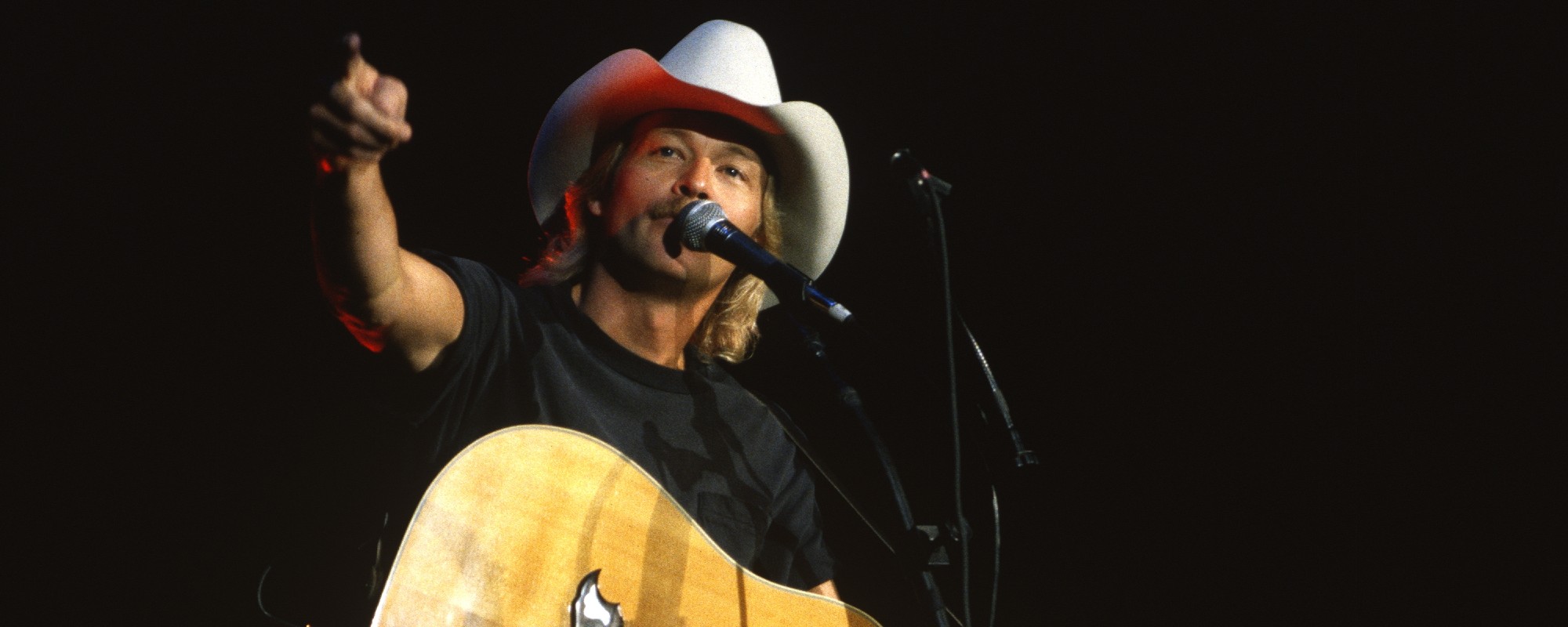
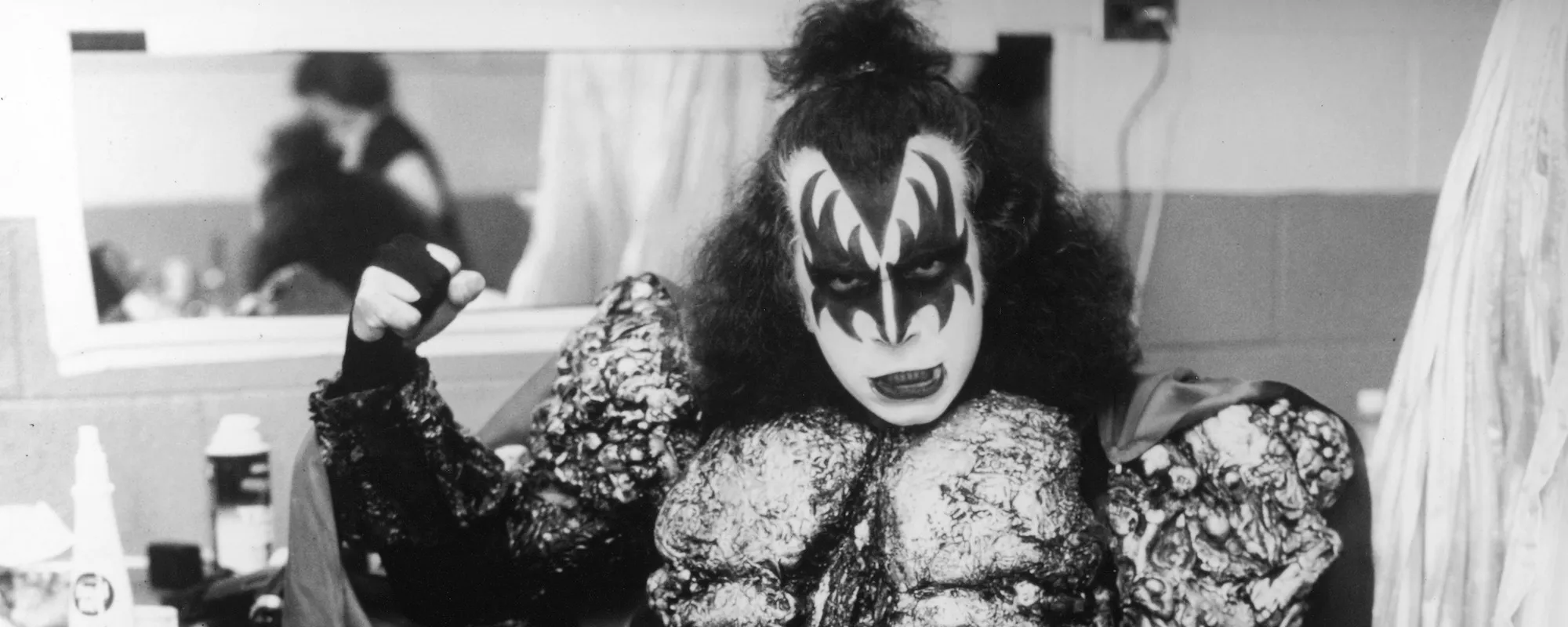
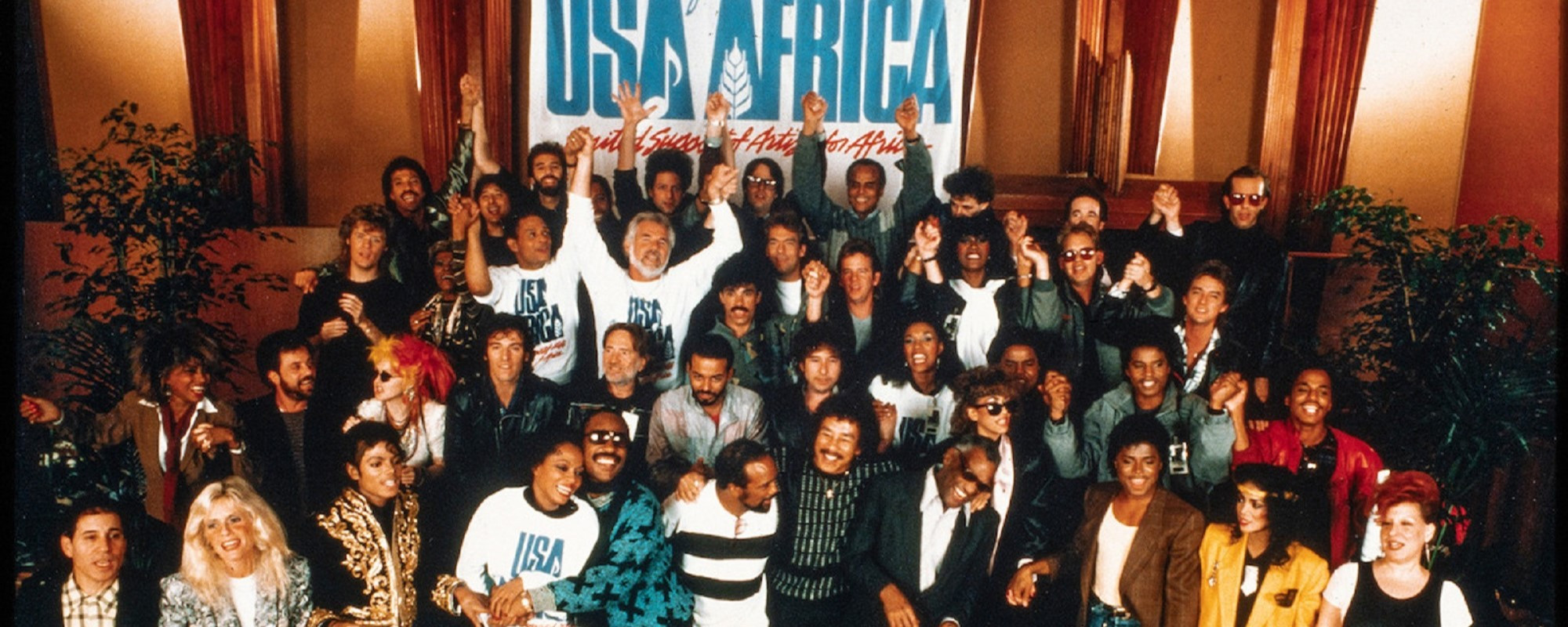
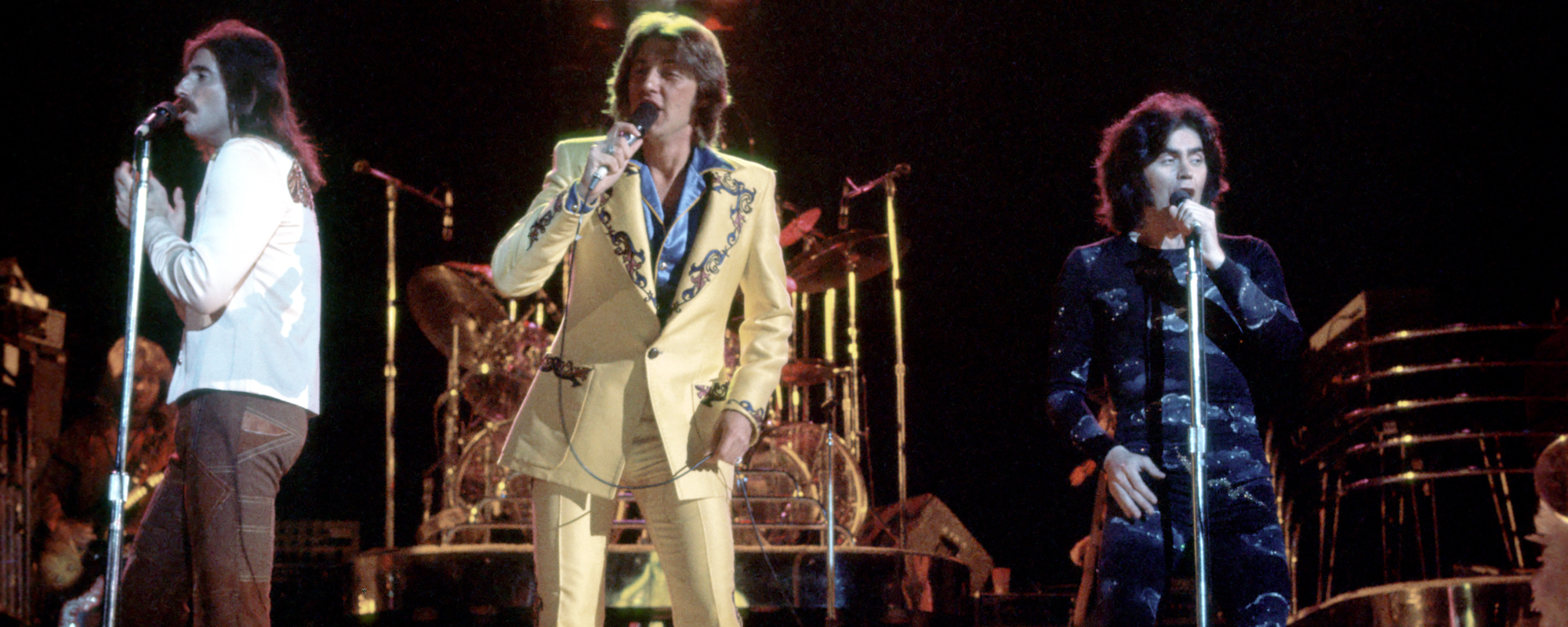

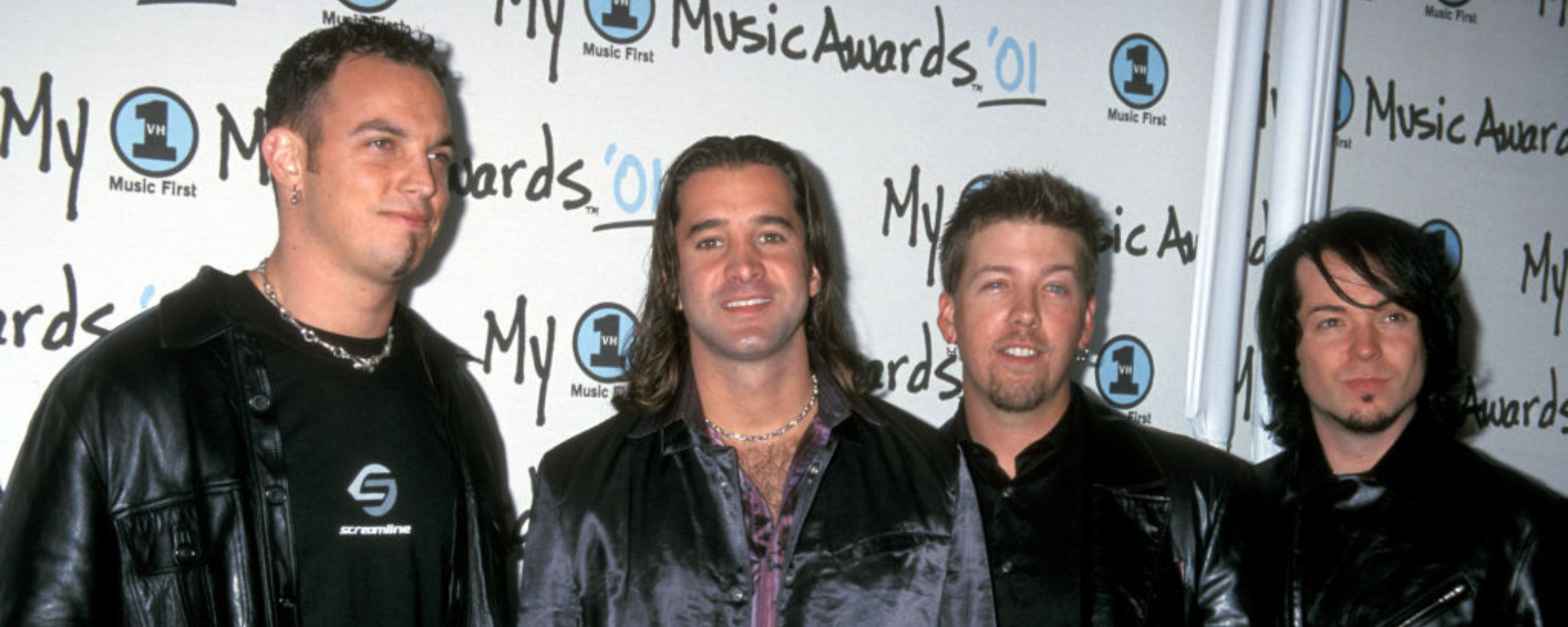
Leave a Reply
Only members can comment. Become a member. Already a member? Log in.